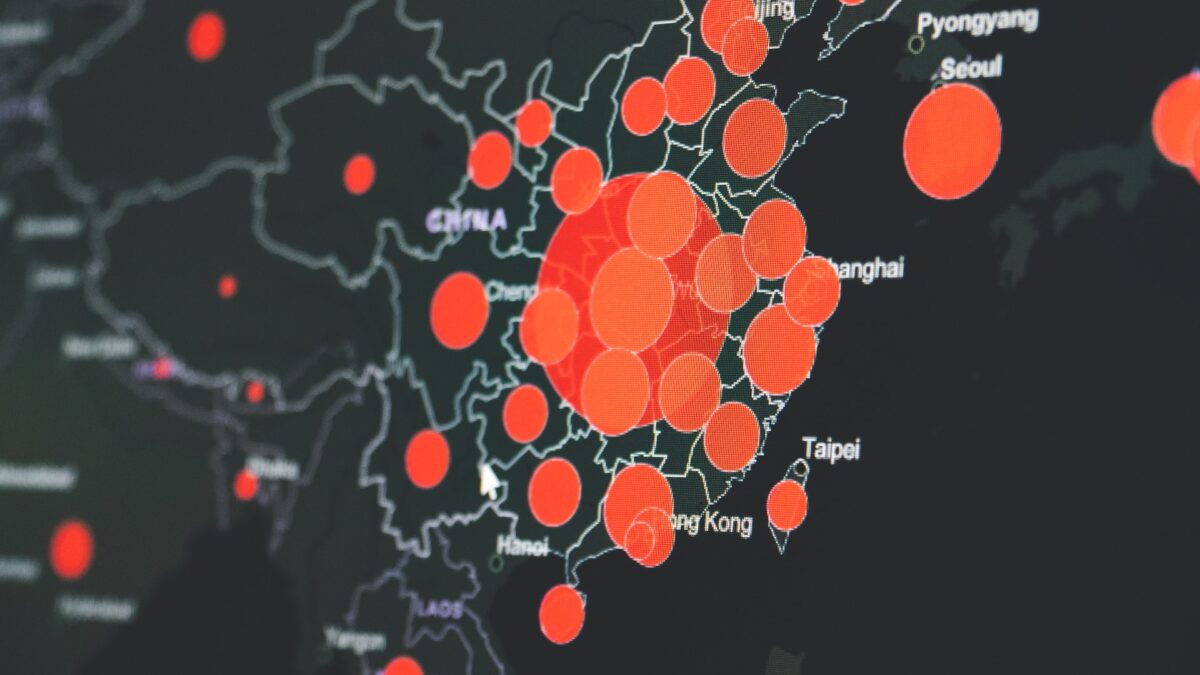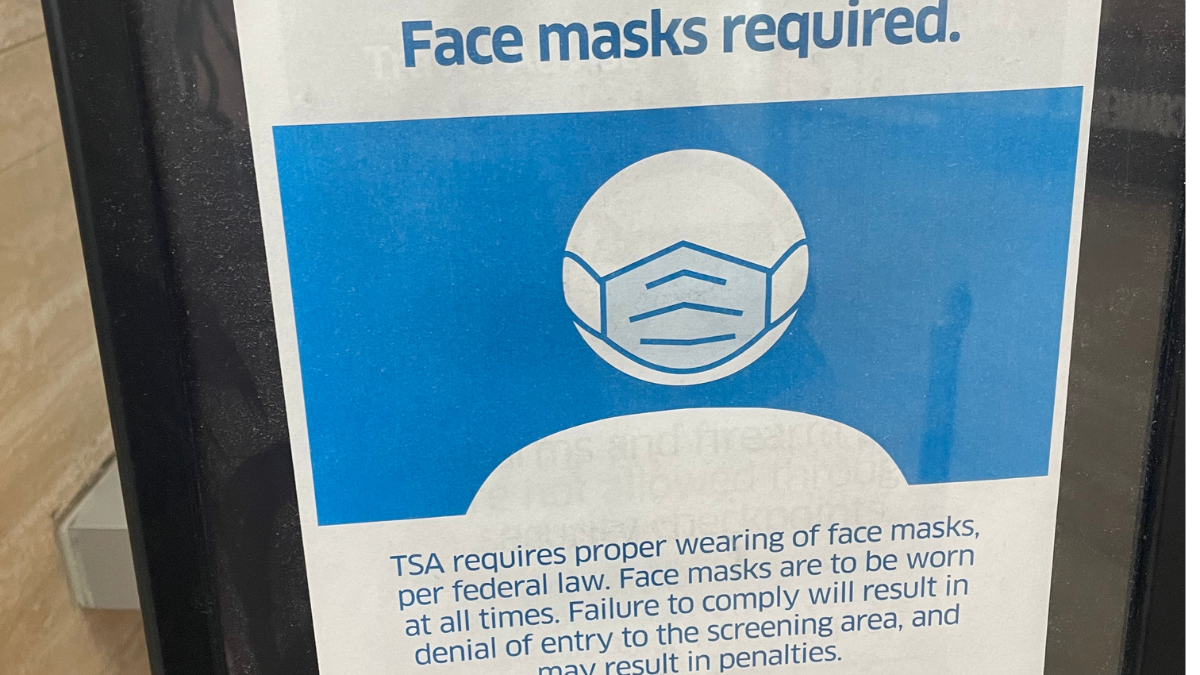Seattle Public Schools informed parents last week that their children will not return to classrooms in the fall. Distance learning will be the sole offering.
The school system is unable to “imagine a way to open schools without the risk of significant transmission of COVID-19” and insists its decision is driven by “science and data.” Seattle must have missed the science and data revealing that “Denmark, Austria, Norway, Finland, Singapore, Australia, New Zealand and most other countries that have reopened classrooms haven’t had outbreaks in schools or day-care centers.”
The district seems unaware of the science and data showing children almost never transmit the Wuhan coronavirus. According to one of the U.K.’s leading scientific advisers, “[T]here has been no recorded case of a teacher catching the coronavirus from a pupil anywhere in the world.” Contact tracing in Iceland has revealed parents are more likely to transmit COVID-19 to their children than vice versa.
The American Academy of Pediatrics states, “[A]ll policy considerations for the coming school year should start with a goal of having students physically present in school,” and the director of the Centers for Disease Control has warned that shuttering schools “is a greater public health threat to the children than having the schools reopen.” The only data Seattle Public Schools cited for its decision was increasing numbers of COVID-19 cases.
While the so-called science and data driving the decision are unclear, the negative effects on students are not. We reached out to several Seattle-area parents to ask how this decision affects their children. They had a variety of concerns about virtual school, but were also worried about publishing their opinions under their full names, so we’ve used only first names. Here’s what we heard.
Concerns about Suboptimal Online Education
Timmi is concerned about another year of online school after her sixth-grader struggled in math last spring. “My husband would have to stay up with him for hours working it out on paper because he didn’t learn well from watching videos. Now another year of this math education — I know he will be behind and struggle moving on into high school.”
Amy appreciated her district’s response last spring but feels “those three months of online learning were awful for my 6- and 8-year-olds.” She thinks it’s “unreasonable” and detrimental to grade schoolers’ “health and education” to sit in front of a computer all day. Amy will be homeschooling her kids this fall.
Brittany has also chosen to homeschool her preschooler and first-grader, even though she loves her children’s school. “We do not accept masking and social distancing for our children.” She has noticed “digital addictive tendencies” in her son and believes he needs in-person learning.
“My husband and I both work,” another mom shared, “so the likelihood of school work being done correctly is low. My youngest is very behind in reading (missed three months of first grade), and not being at school will only ensure she falls further behind.”
These parents are rightly concerned. After only three months of online learning last spring, the Wall Street Journal estimates “students nationwide will return to school in the fall with roughly 70% of learning gains in reading relative to a typical school year, and less than 50% in math.” If Seattle Public Schools plans to keep its decision-making tied to the metric of “increasing cases,” who knows when Seattle students will return to school in person.
Mental and Emotional Health Concerns
April shared, “My daughter’s anxiety is sky-high. Being social online is NOT the same as in person and hanging out with friends. I am very concerned with her emotional well-being.”
“I feel elementary-age children are especially suffering,” Joe added. “It’s not just about academics, but learning socialization and structuring work habits.” Joe said his son is an only child and “has actually cried a couple times because he gets lonely and wants to go back to school to see his friends.”
Vanessa is concerned about her fifth-grader, saying, “Her stress level was very high while trying to navigate online learning.” Molly is worried too. “My son has ADHD and has become overly anxious without socialization with his peers,” she said.
Laura has watched her grandkids “actually go into depression from all this and [become] angry.” The online learning didn’t help her grandson, who “got severe anxiety on the zoom calls,” leading Laura to believe the three months of virtual school in the spring “did more harm than good.”
Public education advocate Carol Burris draws a clear connection between online school and increased rates of depression and anxiety. “Research tells us that socially isolated children and adolescents are at risk of depression and anxiety. We know that too much screen time can result in inattention and impulsivity, and mental health disorders in both children and adolescents.”
Regression of Special-Needs Children
Grace, whose children receive speech, occupational, and physical therapy, noted, “[Individualized education program] services are next to impossible to provide over a computer screen.” She is “watching her children who already have significant educational hurdles fall even further behind” and believes the decision to go 100 percent online will only widen the education gap.
It’s not only academics that are suffering. “Social emotional skills are also being lost,” Grace said. “We have put a lot of emphasis on this, and I have watched the progress they have made crumble before my eyes.”
Crystal, who has a teenager with “level 3 autism” and an elementary-schooler with ADHD, says, “[N]either are being provided the accommodations in their legally binding [individualized education program] and [learning disabilities plan].” Crystal said she has been told that her district plans “to offer compensatory education ‘at some point.’” Her kids have regressed, however, both academically and behaviorally.
Parents Are Angry Because Their Kids Are Hurting
Single mother Kayse wonders, “What are they expecting single parents or dual income households to do? I’m not paying extra for child care while teachers are getting full salaries to sit at home.”
Liha, whose elementary- and middle-schoolers were offered a paltry one to two hours of online school last year, is seething. “These kids will be so behind compared to schools around the world and even the U.S. that are opening,” she said. Since her kids are getting virtually no schooling, Liha would like a refund on her property taxes.
Even with one parent home full time, online school is often unworkable. Diana has a kindergartener, sixth-, and ninth-grader. “I have a dyslexic child who is severely behind in reading,” she said. “Last spring, a parent had to sit with him 95 percent of the time to get any [online] school work done. It took so many hours of work and frustration.”
Diana has scrapped plans to find a job in the fall to pay for private dyslexia tutoring, saying, “I don’t know how I will be able to do school. Both [my kindergartner and sixth-grader] need me nearly 100 percent of the time while doing ‘distance learning.’” She understandably scoffs, “Kindergarten via distance learning? Are they kidding me?”
Before the global pandemic hit, science and data were already telling us math and literacy rates were declining, our children were experiencing record rates of depression and anxiety, and special needs children had parents with combat-level stress. Now, because of a virus less threatening to children than the seasonal flu, school districts are sacrificing an entire generation’s mental and educational health on the altar of fear and politics. It seems science and data need not apply.









